Hear audio from Jerry Lynn Burns’ initial appearance in Linn County on Thursday morning, Dec. 20, 2018. Press Citizen
CONNECTCOMMENTEMAILMORE
DAVENPORT, Ia. — She was a girl out on the town, Linn County Attorney Nick Maybanks said as he placed a large image of 18-year-old Michelle Martinko’s smiling face on an easel in front of the jury.
He told them the next few weeks would take them back to 1979, six days before Christmas. Back to the night Martinko was killed, 39 years to the day before Jerry Lynn Burns, now 66, was charged with first-degree murder in her death.
A jury of nine women and six men was seated late Tuesday afternoon after two days of jury selection narrowed a group of more than 100 potential jurors down to 15, including three alternates.
Opening statements in the trial began Wednesday morning at the Scott County Courthouse in Davenport. The case was moved out of Linn County because four decades of pretrial publicity could have made finding an impartial jury an onerous task.
Maybanks explained to the jury that Martinko drove her parents’ Buick to the newly opened Westdale Mall in Cedar Rapids to buy a coat after a choir banquet on Dec. 19, 1979. She was found dead in the parking lot early the next morning, “curled onto the passenger seat floorboard, stabbed multiple times and bloodied from the wounds she sustained,” Maybanks said.
Glove marks were found at the crime scene, but the perpetrator was careful not to leave fingerprints, the prosecutor said.
“In 1979, DNA evidence was not a consideration that entered the minds of suspects or law enforcement,” Maybanks said.
Technological advancements would later help investigators use blood scrapings left on the Buick’s gear shift and blood stains on Martinko’s dress to create a DNA profile of the suspect.
“However microscopic, the story that the DNA possessed told enormous information,” Maybanks said. ” … (DNA) is the footprint we leave, and evidence will show in certain cases, it can stand the test of time.”
In May 2018, after decades without answers, Parabon-NanoLabs, a forensic consultant company, contacted Cedar Rapids police about a new kinship service called Genetic Snapshot. Parabon would upload the suspect’s DNA profile into the commercial DNA database GEDmatch to look for potential relatives.
The database connected the DNA profile to Brandy Jennings, a second cousin once removed, who lived in Seattle. Genetic genealogists then narrowed the DNA profile found at the crime scene “to a specific pool of suspects,” which included Burns.
Investigators in October 2018 followed Burns from his Manchester business to the Pizza Ranch. They retrieved his used drinking straw and sent it to the lab of the state’s Division of Criminal Investigation, confirming the match. There was a one in 100 billion chance that Burns’ DNA profile matched someone else’s DNA profile, Maybanks said.
“Those statistics are only as accurate as the investigation on which they were founded,” Burns’ attorney Leon Spies said as he laid out his opening arguments, asking the jurors to consider the intersection of strangers’ DNA trails.
He advised them to think about the coffee shop they stopped at that morning, the handle of the courthouse door they touched on their way in, the hands they shook.
“Those trails tell us what we are, but they don’t necessarily tell us who we are or where we’ve been,” Spies said, adding that he plans to call witnesses to “demonstrate that the trails do not inevitably lead to Jerry Lynn Burns.”
Burns, who was 25 at the time of Martinko’s death, previously told authorities that he could not offer a “plausible explanation” for why his DNA was found at the crime scene. He pleaded not guilty to the murder charge in January 2018.
His case is one of the first in the country involving commercial genealogy sites to go to trial. In the weeks ahead of trial, Burns’ attorney unsuccessfully fought the use of his DNA as evidence, though District Judge Fae Hoover ruled in the defense’s favor when she decided not to allow Burns’ internet search history to be presented as evidence to the jury.
More: Judge allows Jerry Burns’ DNA evidence at trial, excludes ‘violent’ internet search history
Trial continued Wednesday afternoon with testimony from Martinko’s high school classmates who saw her the night she was killed. They described her as sweet, kind and happy.
“For a brief period of time in this trial, Michelle will be brought back to life for you to understand what kind of person she was,” Maybanks told the jury. “Michelle Martinko, forever 18.”
Anna Spoerre covers crime and courts for the Des Moines Register. She can be contacted at aspoerre@dmreg.com, 515-284-8387 or on Twitter at @annaspoerre.
Your subscription makes work like this possible. Subscribe today at DesMoinesRegister.com/Deal.
CONNECTCOMMENTEMAILMORE
Read or Share this story: https://www.desmoinesregister.com/story/news/crime-and-courts/2020/02/12/jerry-burns-trial-defense-dna-trail-manchester-man-michelle-martinko/4724912002/

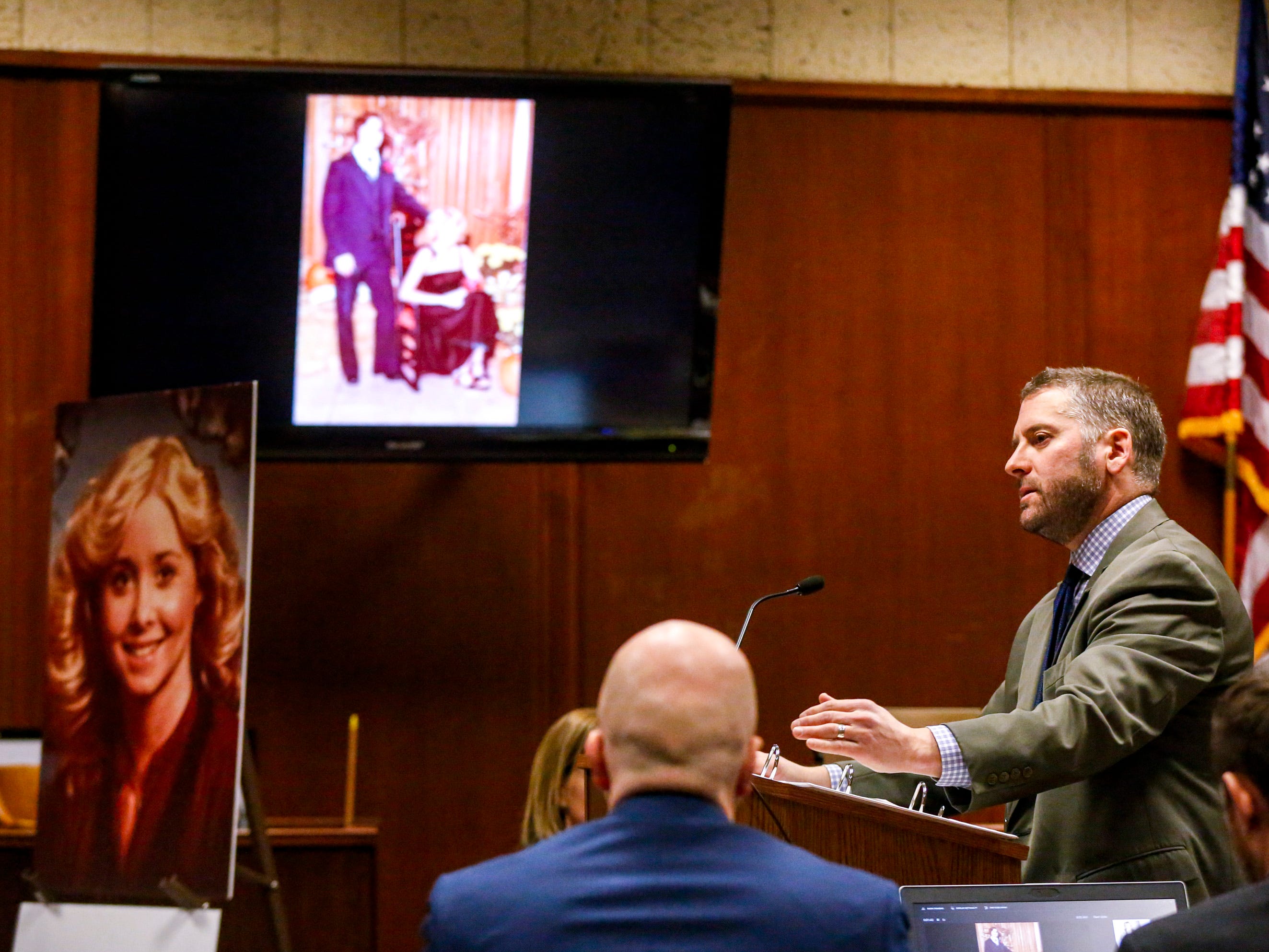 1 of 23
1 of 23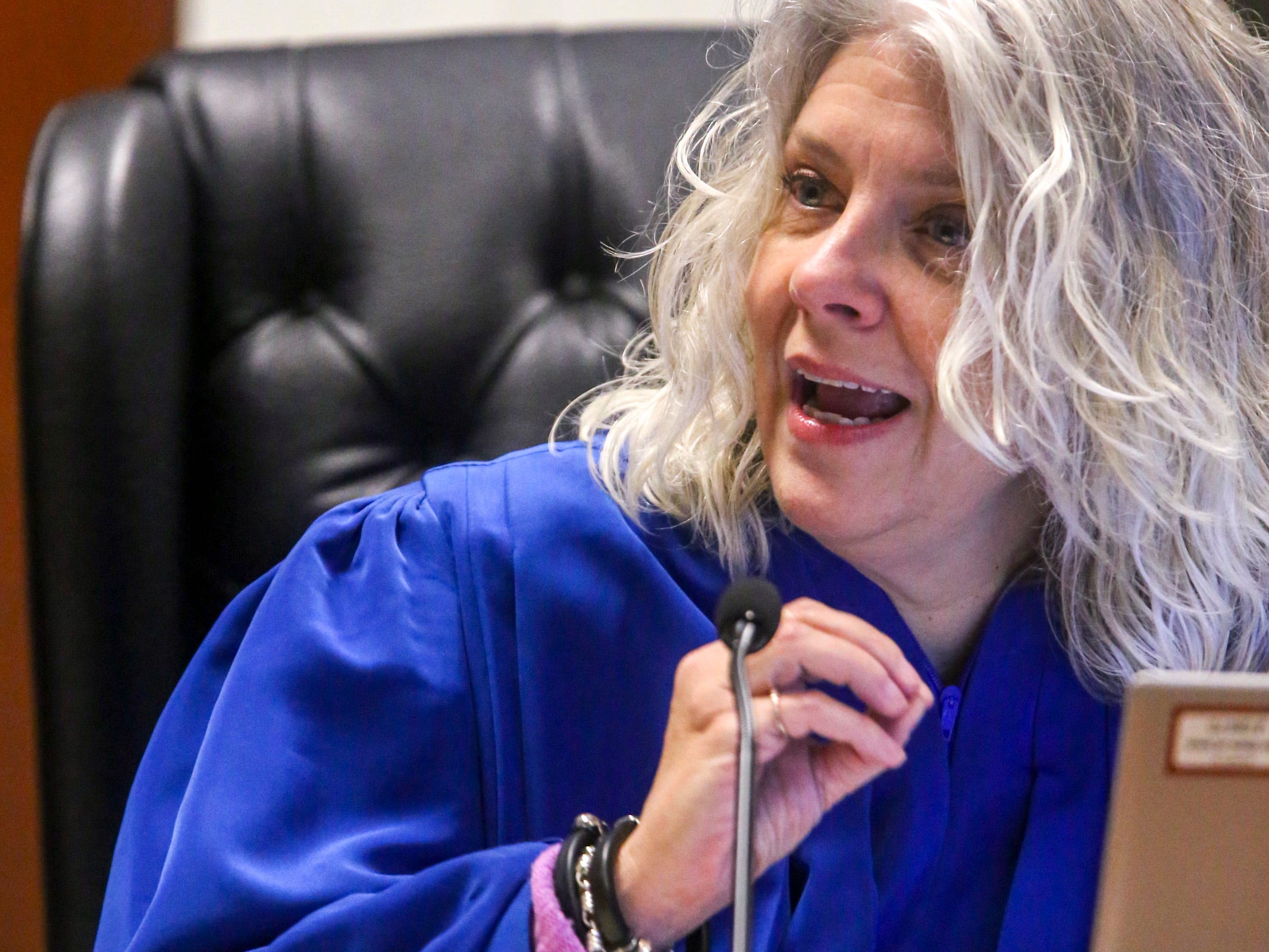 2 of 23
2 of 23 3 of 23
3 of 23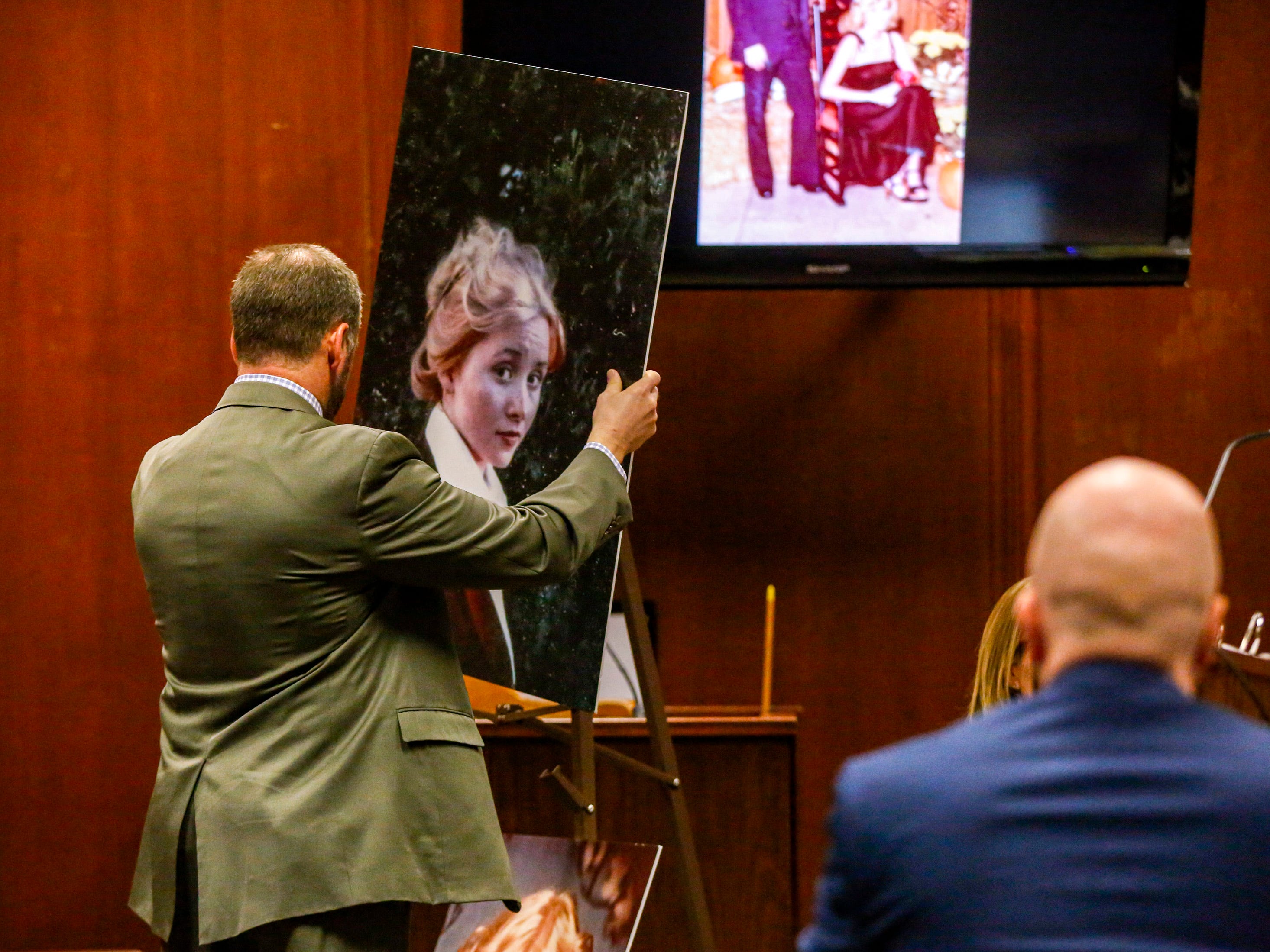 4 of 23
4 of 23 5 of 23
5 of 23 6 of 23
6 of 23 7 of 23
7 of 23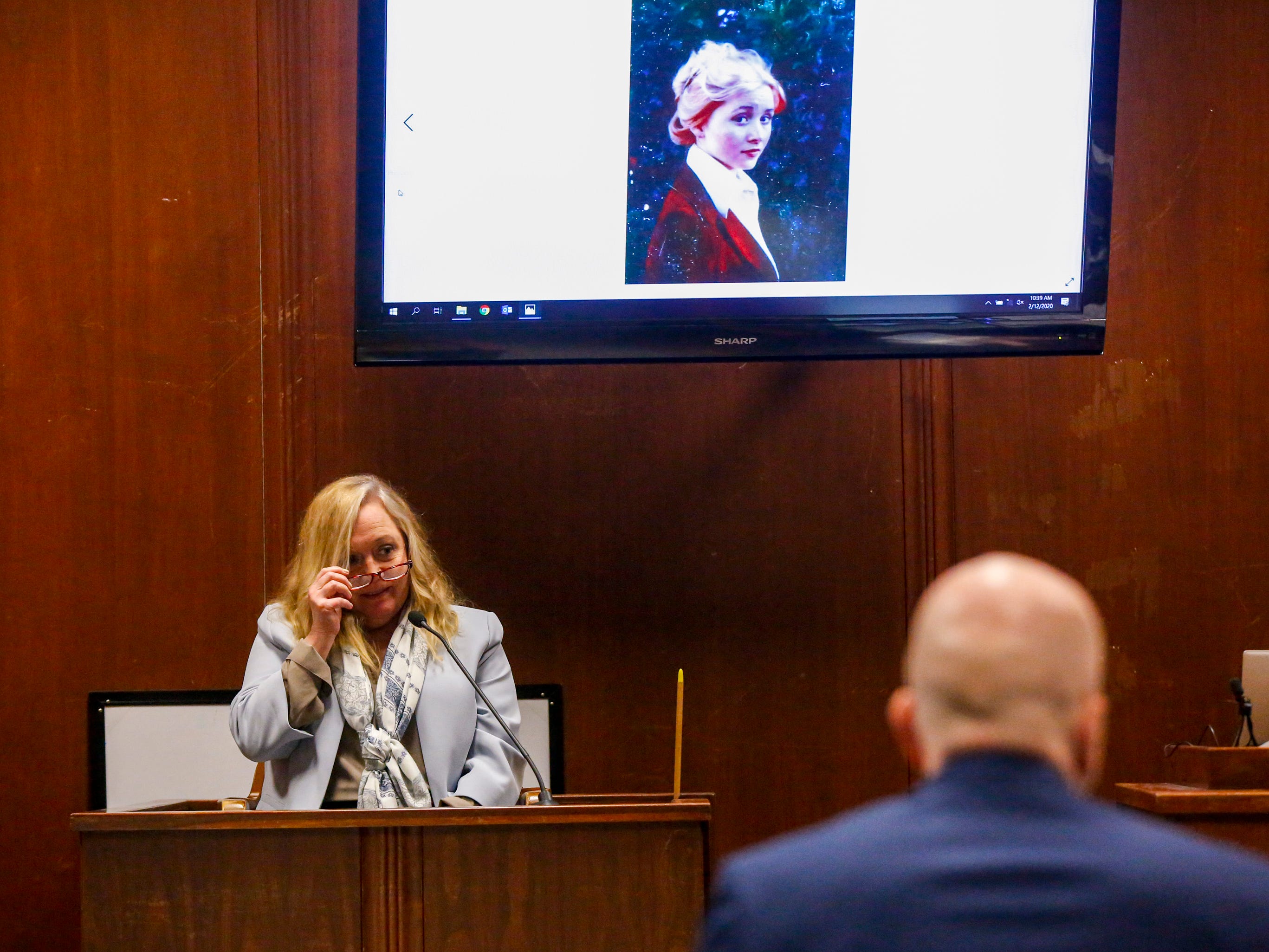 8 of 23
8 of 23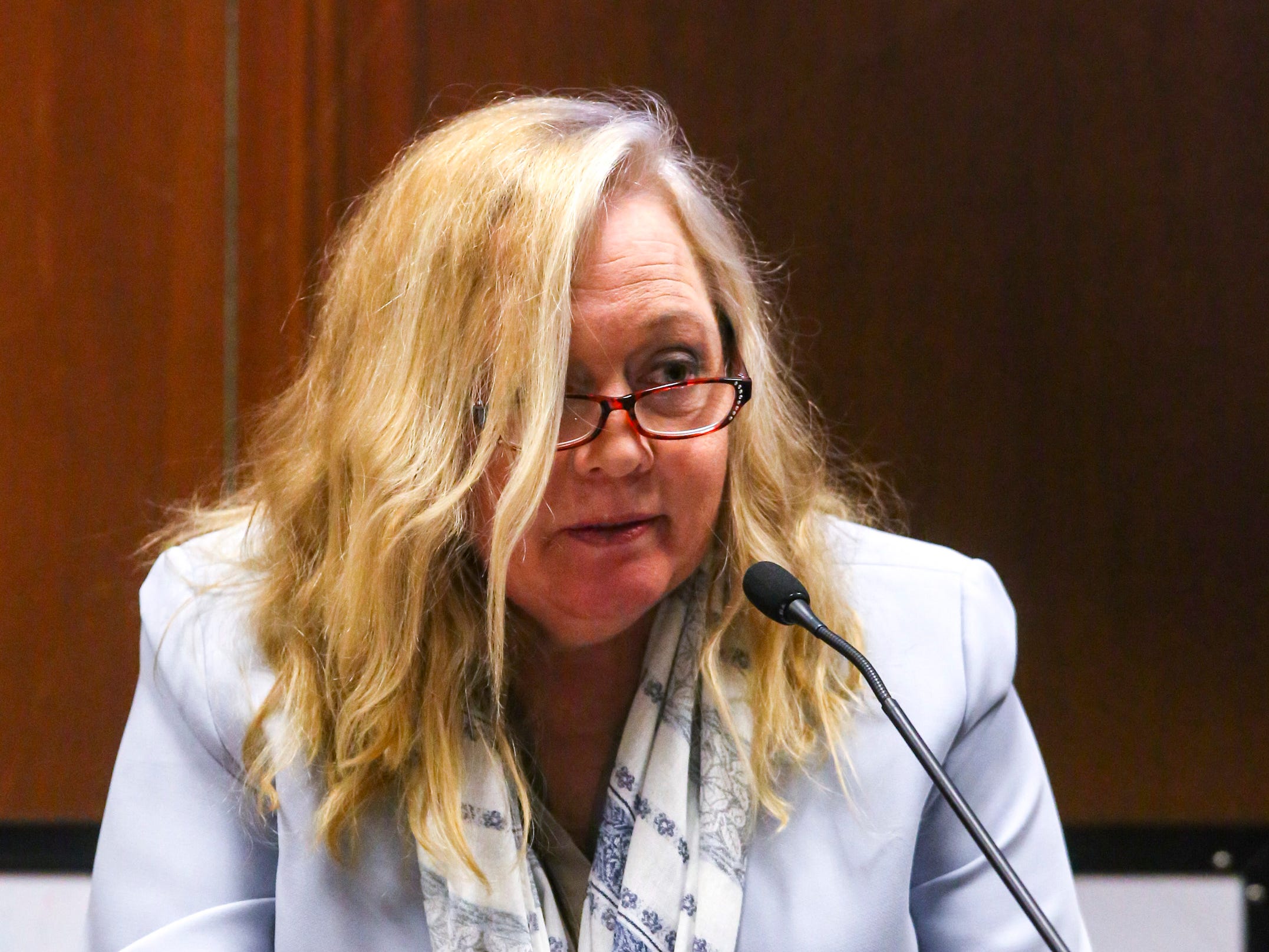 9 of 23
9 of 23 10 of 23
10 of 23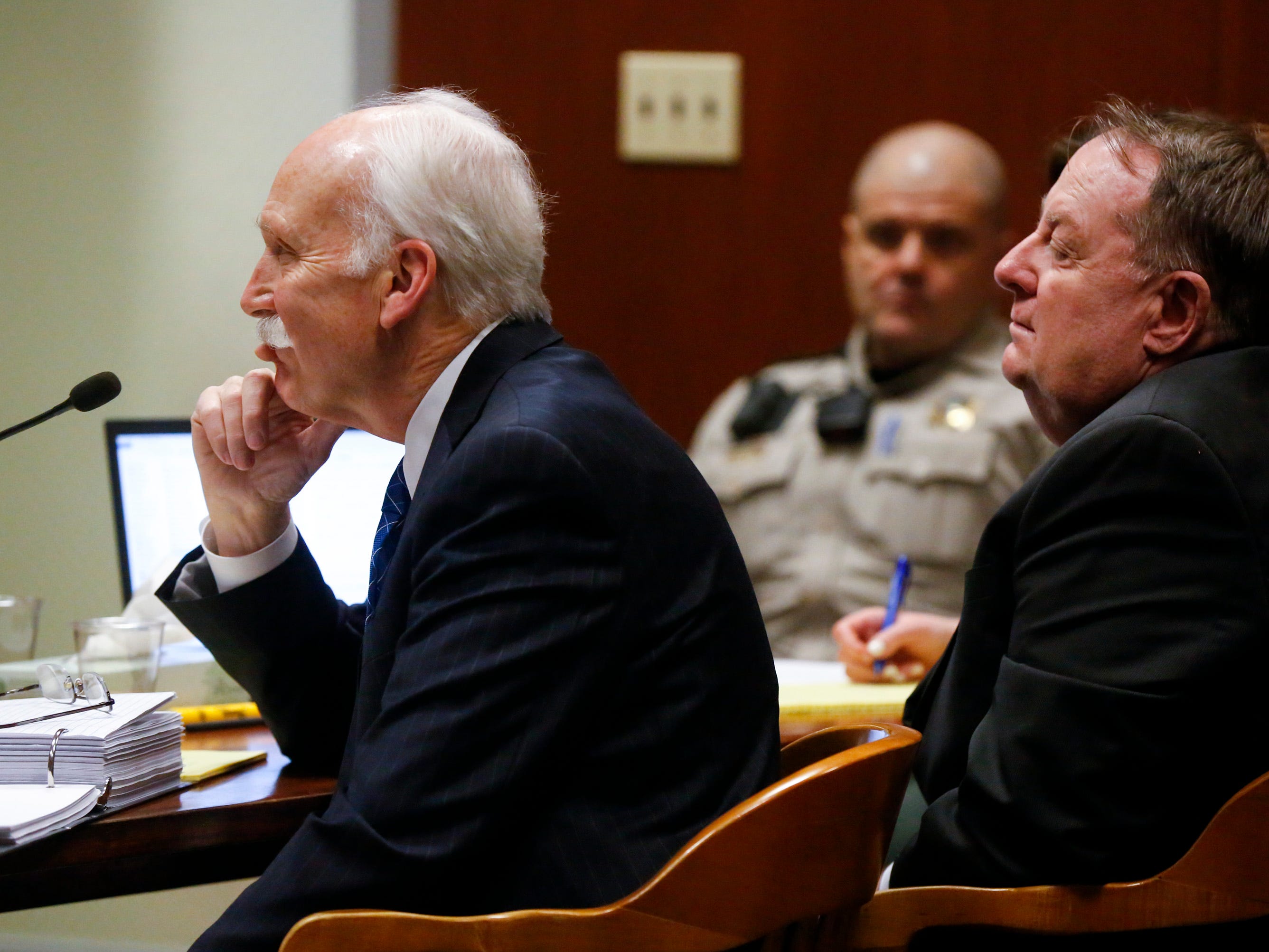 11 of 23
11 of 23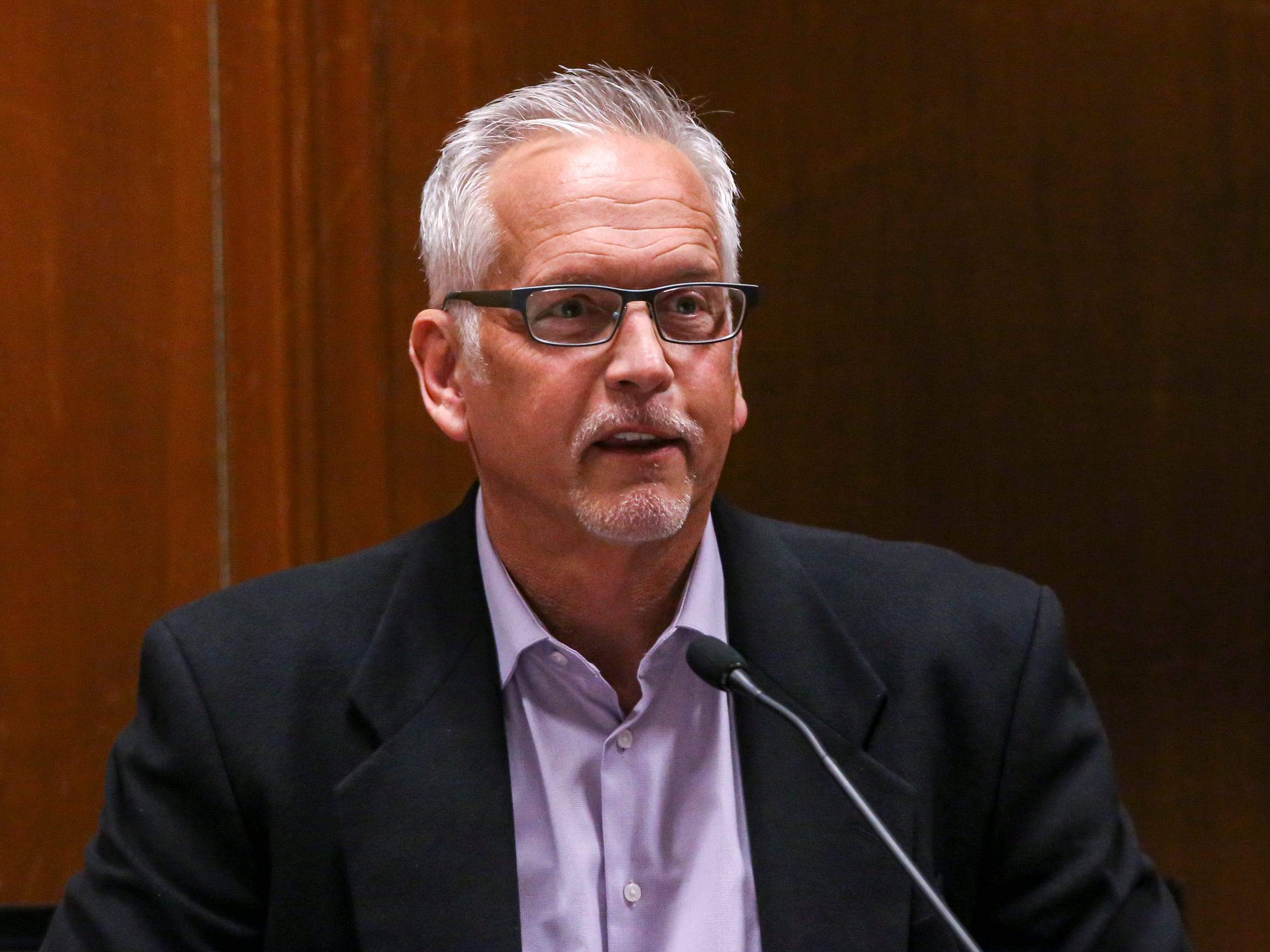 12 of 23
12 of 23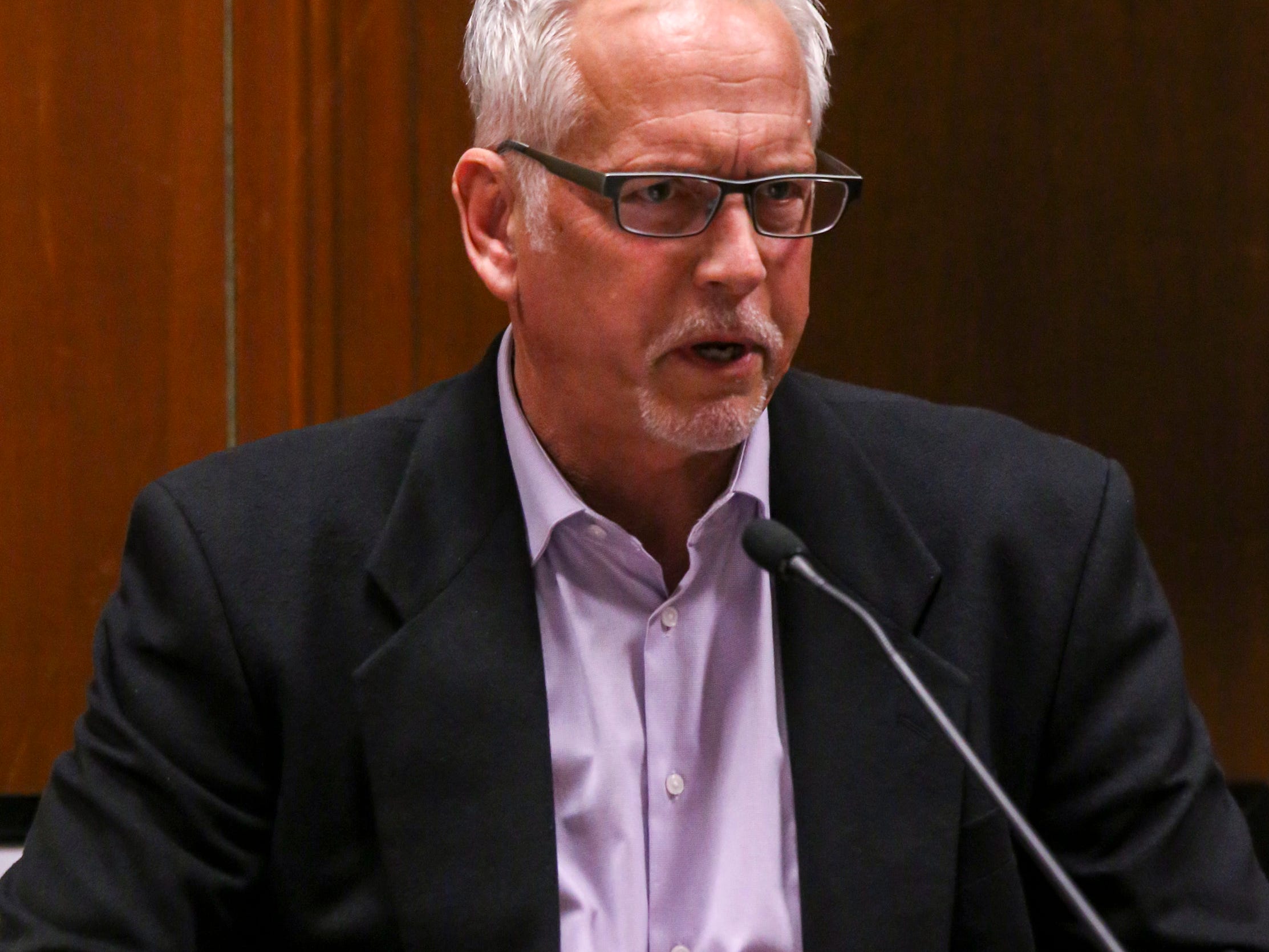 13 of 23
13 of 23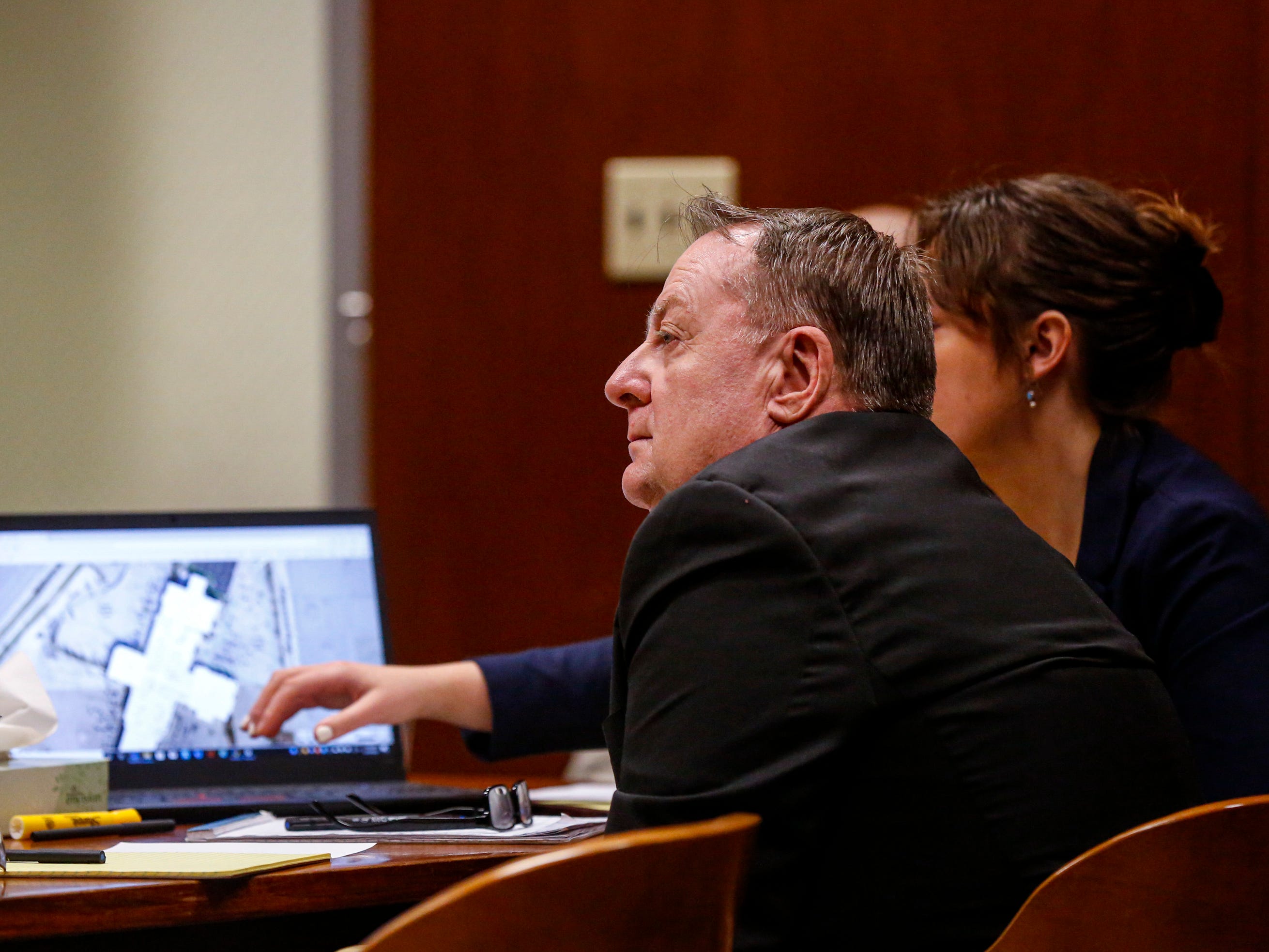 14 of 23
14 of 23 15 of 23
15 of 23 16 of 23
16 of 23 17 of 23
17 of 23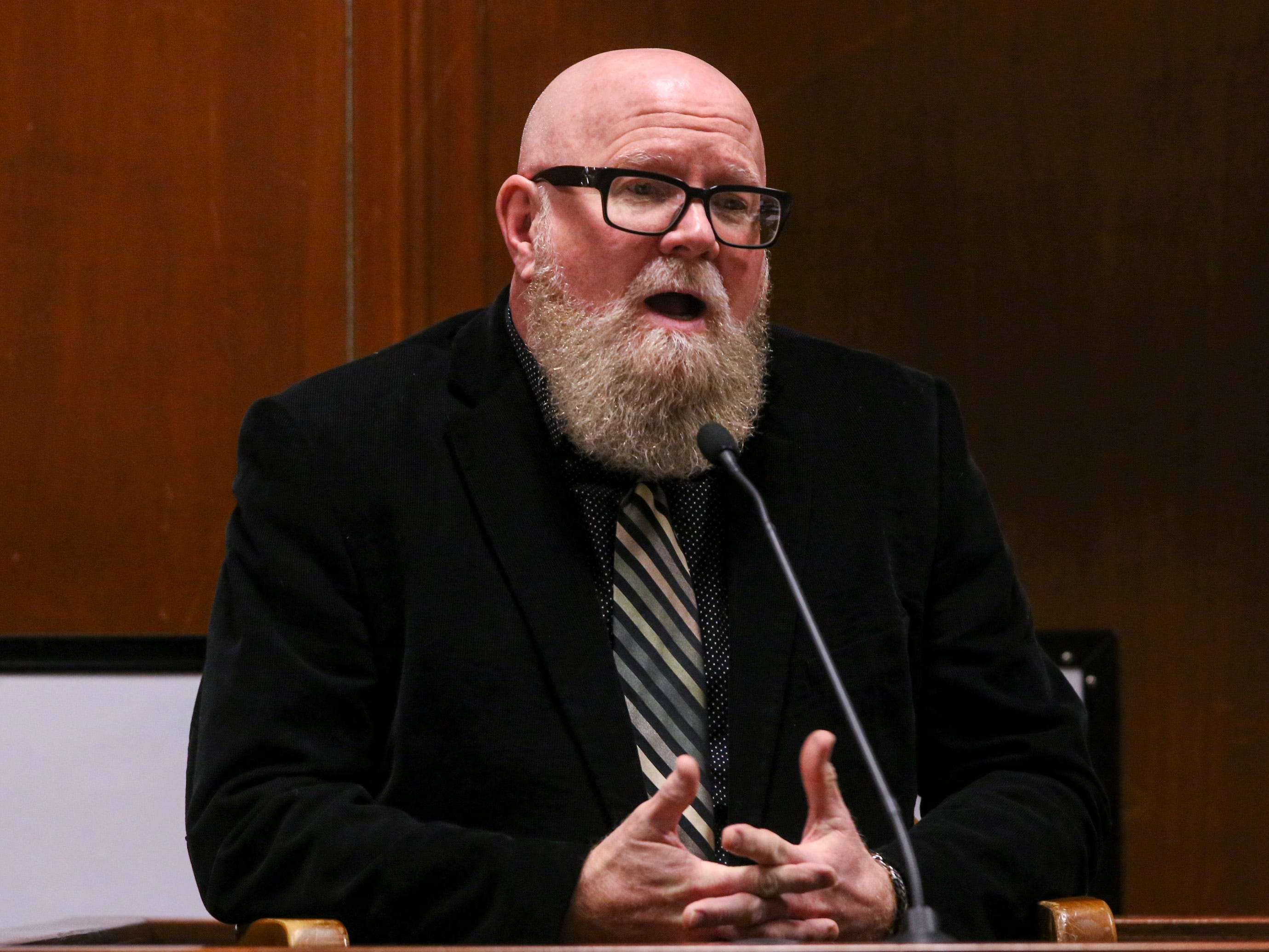 18 of 23
18 of 23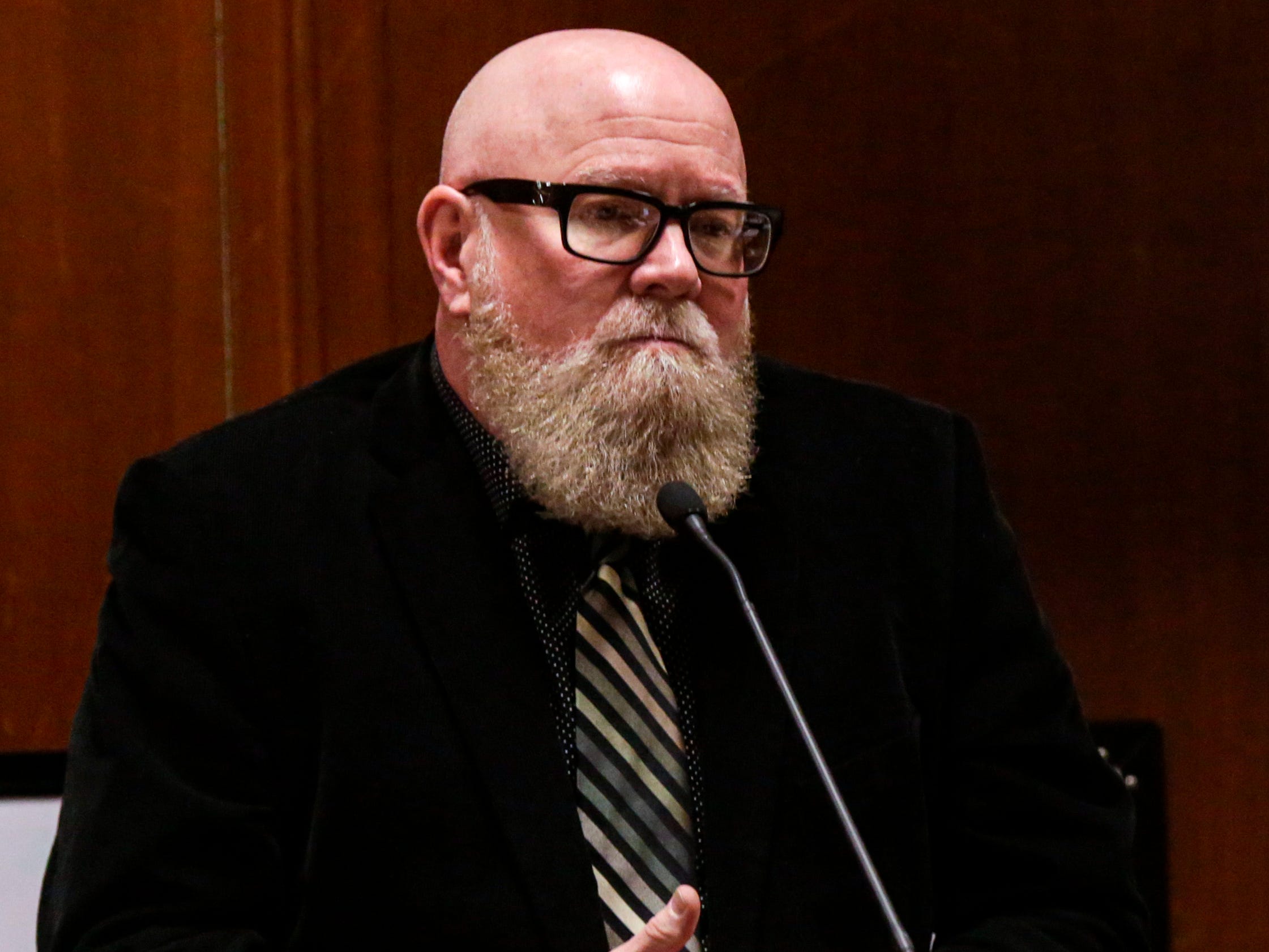 19 of 23
19 of 23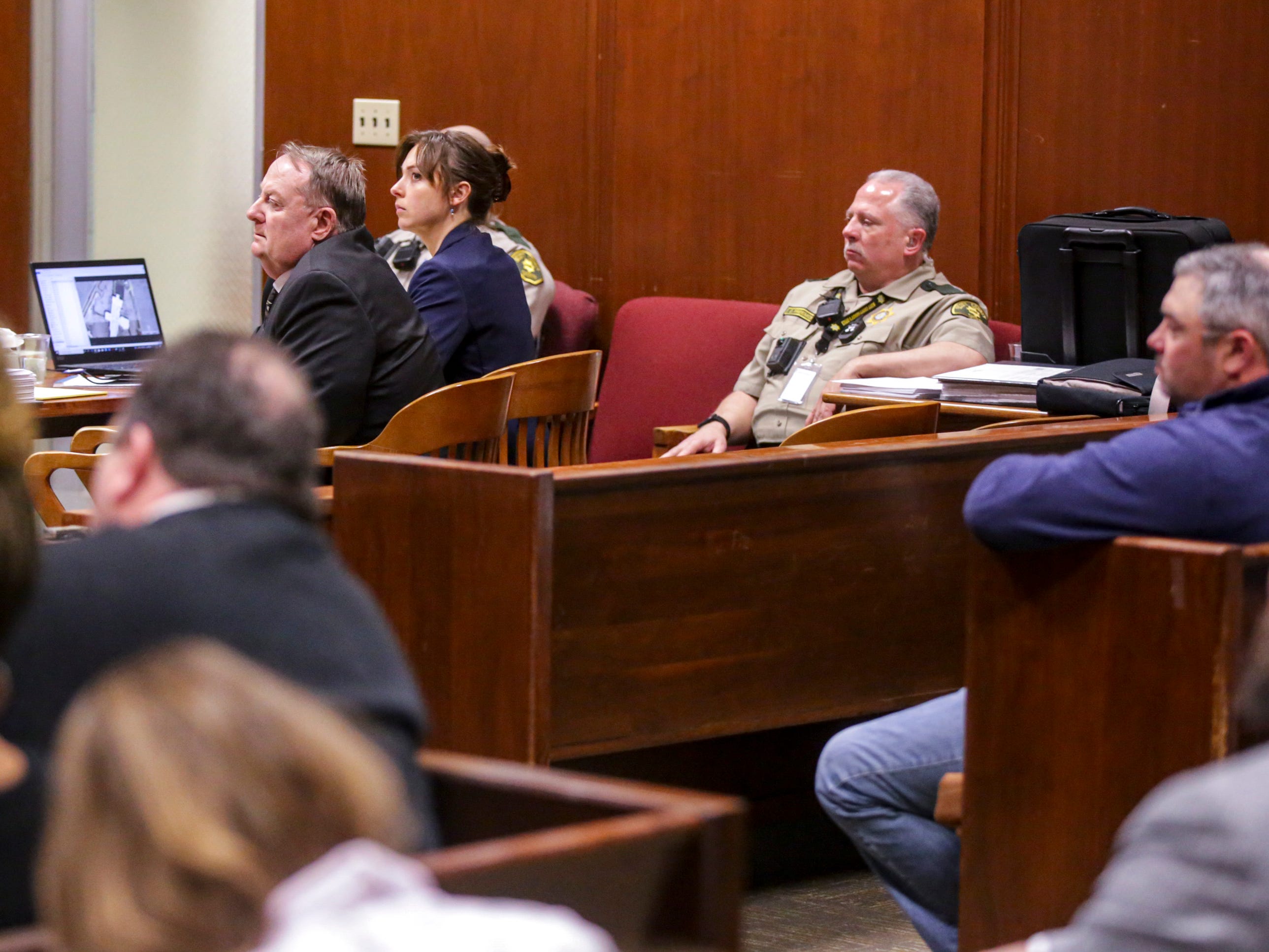 20 of 23
20 of 23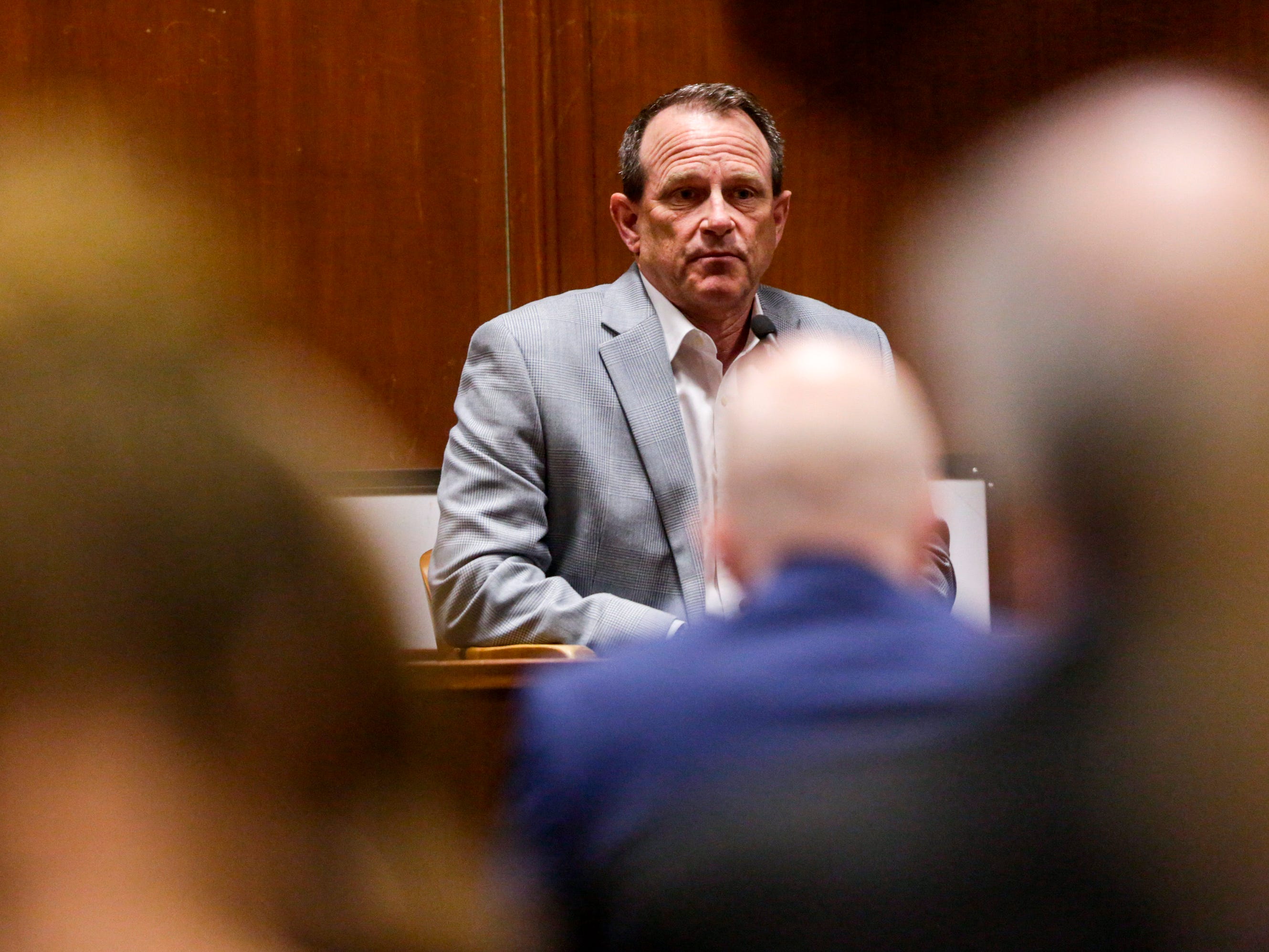 21 of 23
21 of 23 22 of 23
22 of 23 23 of 23
23 of 23











